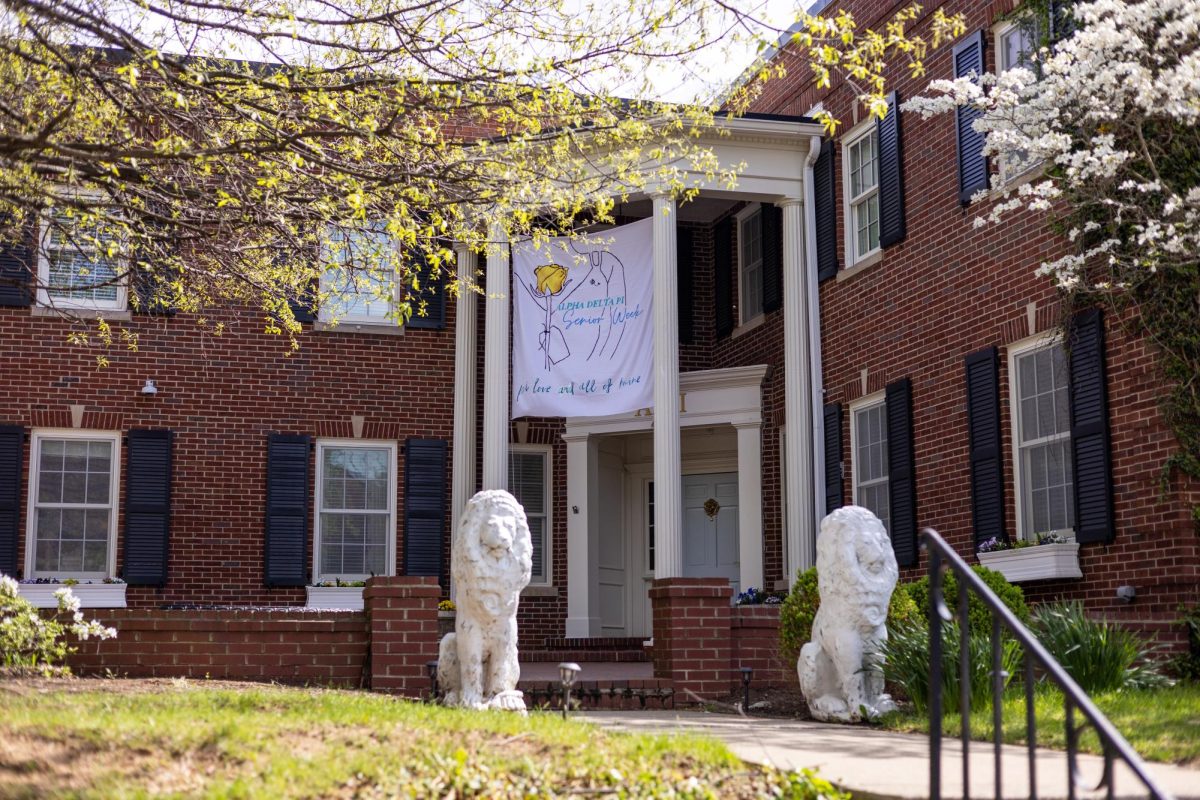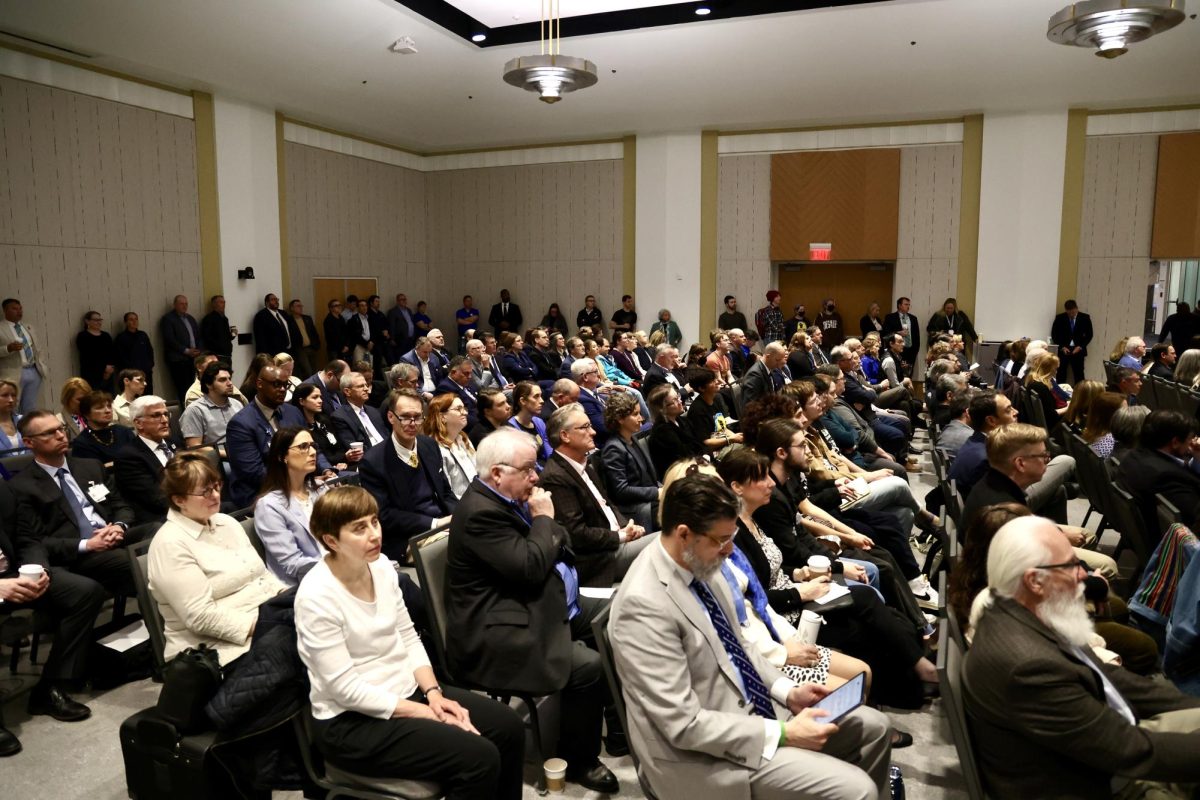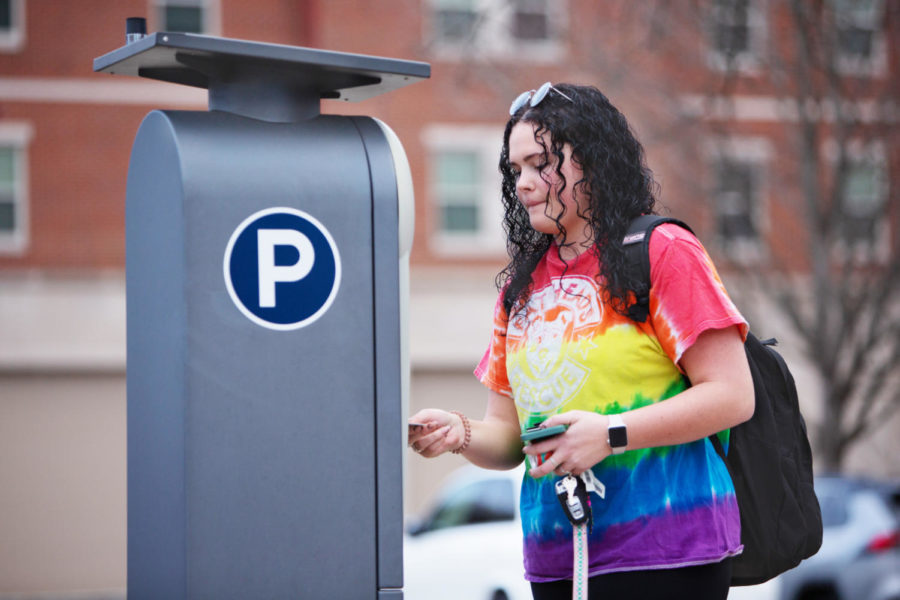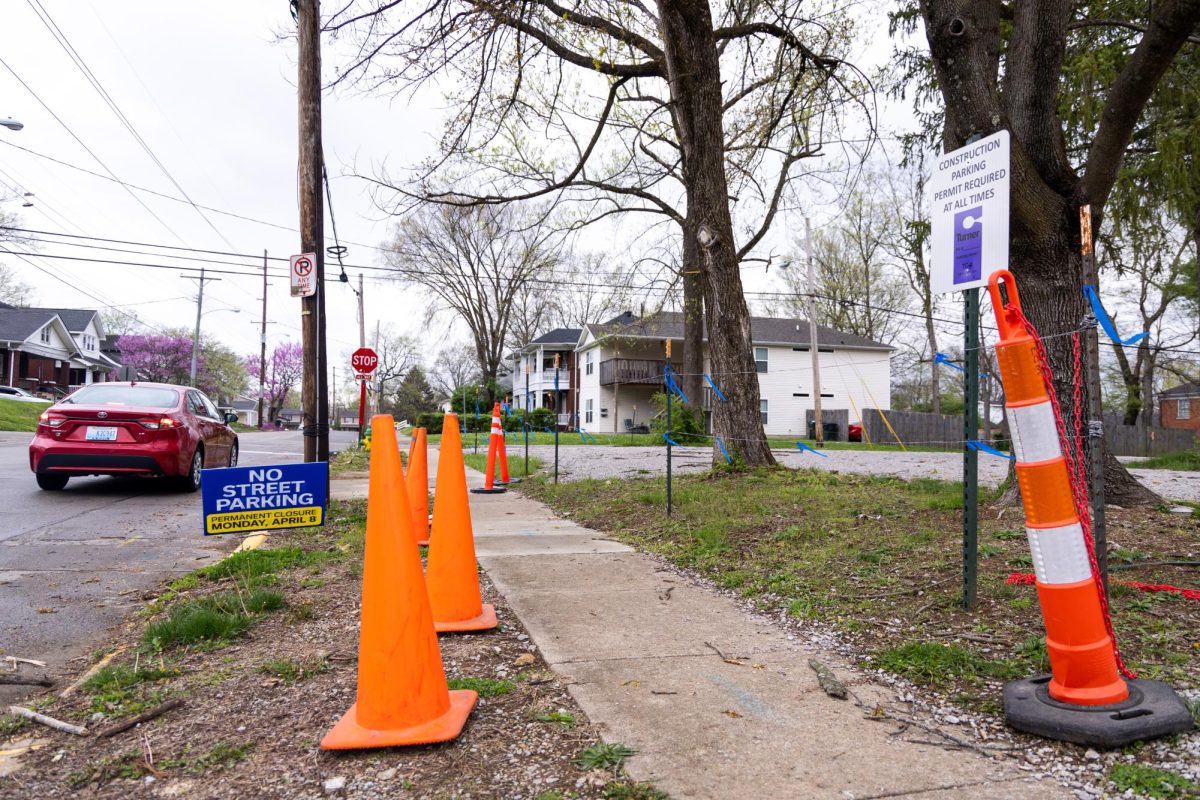The intersection between loneliness and social isolation
March 14, 2022
(BPT) – These past couple of years have been challenging in lots of ways and many people, particularly older adults, have felt the weight and impact of loneliness and social isolation.
This has been especially true when staying home and sheltering in place has been recommended to increase safety. With less contact with others, it may be difficult for older adults to maintain the relationships that are so important to mental, as well as physical, well-being. In fact, loneliness has been found to lead to health risks, such as:
- Depression
- Poor sleep
- Anxiety
- Hypertension
- Cognitive decline
- Heart disease and stroke
In addition, social isolation may lead to:
- Increased risk of dementia
- Cardiovascular disease
- Inflammation
- Reduced quality of life
It becomes incredibly important to understand these effects and impacts of loneliness and social isolation. You might think the two concepts are very similar, if not identical, but they have important distinctions. Loneliness is the feeling of being alone and social isolation is the lack of social contacts. A person can feel alone, even if they have a wide social circle and, on the flip side, it’s possible for someone to not have many social connections yet not feel alone.
A state of loneliness or social isolation can have a major effect on one’s sense of wellness and overall health. But what is the impact when both are present?
Researchers from UnitedHealthcare and OptumLabs, in conjunction with AARP Services Inc., conducted and published a study in 2021 to discover how the combination affected late-life health outcomes. With a random sampling of AARP® Medicare Supplement Insurance Plan from UnitedHealthcare members, researchers, including Dr. Timothy Barnes, Ph.D., senior outcomes researcher with OptumLabs, collected survey data measuring groups who were lonely only, socially isolated only, both lonely and socially isolated or neither.
Those who were both lonely and socially isolated were more likely to be older, with a lower quality of life and greater medical needs and costs. They also had significantly higher rates of ER and inpatient admissions.
“These two constructs have been looked at separately. Moving forward you should make the connection to look at them together,” Barnes said.
Keeping interventions in mind for both conditions could have a big impact on seniors’ overall health. For social isolation it might be things like volunteerism, physical activity and engaging in a community, while for loneliness it might make sense to focus on personal strengths such as defining one’s purpose and building social awareness skills. AARP and the Global Council on Brain Health recently published a guide, “Boosters for Joy: A Guide on Ways to Connect,” that offers a wide range of helpful resources for boosting social connections.
“The pandemic has brought issues of loneliness and social isolation to the fore and should spark a national conversation,” said Dr. Erica Schwartz, M.D., president of Insurance Solutions at UnitedHealthcare. “The need to feel connected and to be connected is even more critical as we face continued disruption and disconnectedness in our daily lives. Research is needed to help further understand the impact of loneliness and social isolation on health and to find strategies to improve resilience.”
For Barnes, it was clear that staying connected to each other is not just a nice-to-have but an urgent priority key to higher quality of life for older adults.
“With social isolation versus loneliness, there are things that you can quantify versus things that you feel,” he said. “Resilience, having a feeling of purpose in life, and optimism are also important.”
To learn more about the study from UnitedHealthcare, OptumLabs and AARP Services Inc., visit https://www.tandfonline.com/doi/full/10.1080/13607863.2021.1940096. For more information on how to help get connected if you’re feeling socially isolated, visit connect2affect.org.

















































































































































